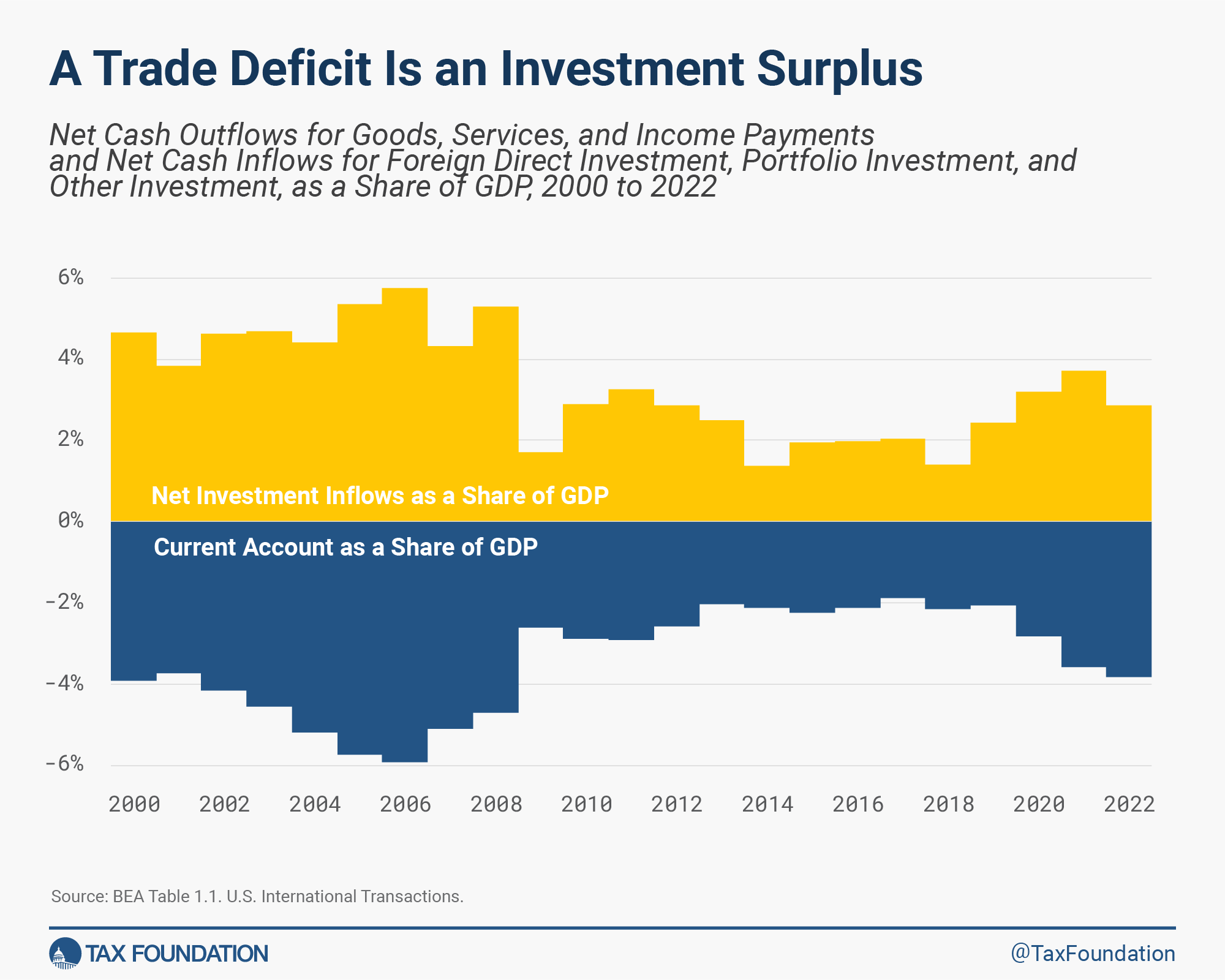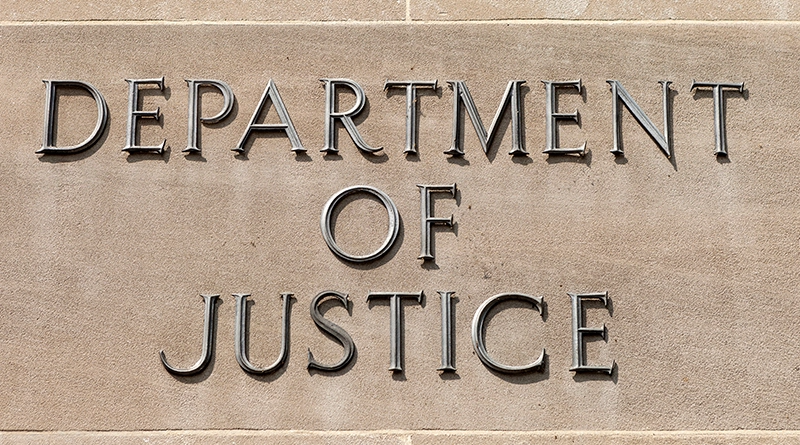And the DREAMers Dream On
Not directly, but through someone who worked in his band, I was first introduced to Mr. Harry Belafonte and his unique brand of Calypso inspired music. It was the early 90s and a very talented percussionist had come into the office seeking an O-1 Visa. Thanks to this prospective client’s introduction, I began my research in earnest and discovered a whole new world of music.
It was no coincidence that my West African client was drawn to Calypso. I have since learned that Calypso is known to originate from traditions developed by West Africans brought to the Caribbean. I have also been given to understand that Kaisos were performed by “a griot or chantwell, a local bard who told stories in song, offering social commentary through praise, satire, or lament.” It is said, their lyrics often mocked slave masters and would be recited at the harvest festival of Canboulay, a precursor to the festival of Carnival.
My Senegalese client was a trained griot (a hereditary troubadour-historian) who played the kora and the Bougarabou – a West African percussion instrument. He enthralled me with his stories and couldn’t keep from drumming on my desk as he narrated them with his musical accent. I loved working with him and along the way, we put together a successful O-1 Visa Petition.
Among other things, as part of my research, I learned of how Harry Belafonte rose from a poverty-stricken background to become a champion for civil rights and, most notably, of his incredible friendship with Dr. Martin Luther King, Jr. Although, this knowledge was not part of the O-1 Visa Petition that we ended up filing for the client, it gave me incredible insight into a fascinating backstory about the civil rights movement. I was reminded of all of this on August 28, as we observed the 60th anniversary of the “I have a dream speech.” Mr. Belafonte actually helped organize the 1963 March on Washington, in which Dr. King delivered his famous speech.
All this came together as I realized that the Deferred Action for Childhood Arrivals (DACA) turned eleven recently as well, and for far too many immigrants brought here as children, their hopes and aspirations still remain a distant dream. I wonder if we are likely to see civil rights champions like Harry Belafonte rise among the ranks of immigrant activists and help set the stage for a defining moment that shapes immigrant policy. Artists and performers are unique in that they are compelling story-tellers. All that is needed is a spark to light the beacon of immigrant activism. We need responsible, non-violent action that galvanizes the imagination and opens hearts and minds to the plight of fellow human beings stuck in limbo forever.
For instance, the film Las Abogadas brilliantly captures some of these immigrant stories with its trials and tribulations and, ultimately inspires. It lifts our spirits to know that our fellow immigration attorneys are risking their lives to do what can only be described as a noble mission to serve our fellow human beings. As Careen Shannon puts it, “0ur mission in releasing this film is to raise awareness about the incredibly difficult journey asylum seekers undertake to save their lives or the lives of their loved ones, amplify the important work that immigration lawyers do, and encourage people to learn more about the plight of migrants and find ways that they can help.”
As immigration practitioners, we champion the rights of immigrants every day. We are at the forefront of this struggle, and we can make a difference by telling our stories, and sharing how powerful the stories of our clients truly are. If we attorneys can convince a USCIS Officer to grant petitions, we should be able to convince anyone that our cause is worthy, and immigrants are deserving of our respect and admiration. They should be judged not by where they come from, but by what they bring to our society, a rich diversity of culture, identity and togetherness that makes us who we proudly are – Americans!






